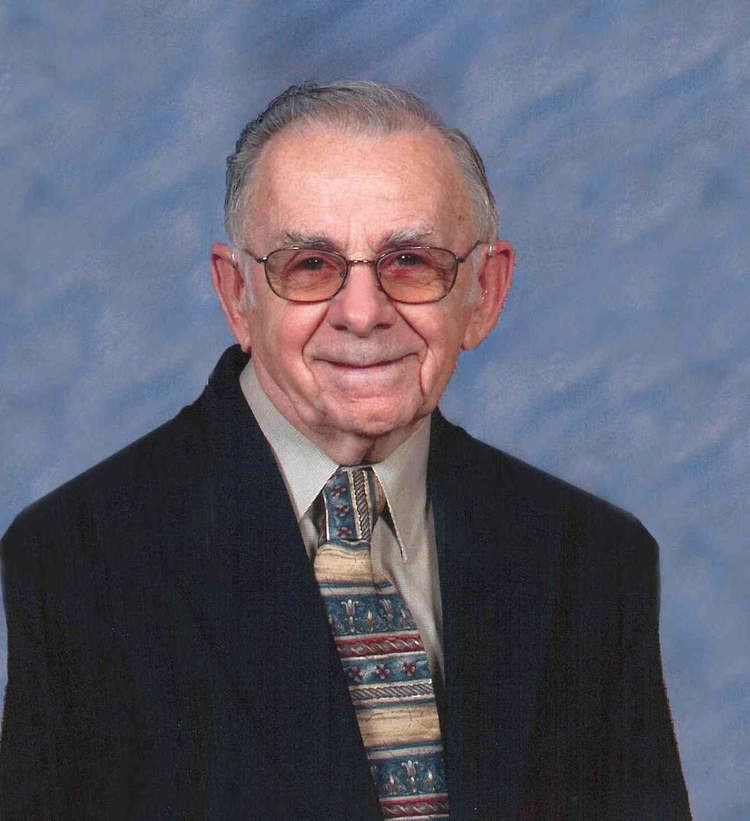Name William Butterfield | ||
 | ||
William M. Butterfield Top # 8 Facts
William M. Butterfield (1860–1932) was an American architect from New Hampshire.
Contents

Life and career

Butterfield was born in Sidney, Maine in 1860. His father, Chesmon Butterfield, was a carpenter and builder. The family moved to Waterville in 1871, when young Butterfield was 11 years old. At that time, his father established himself as an architect as well as a builder. He trained with his father, and at the age of 16 took a job with Foster & Dutton, a Waterville contracting firm with a statewide reputation. He moved quickly through the ranks, and by the age of 17 was supervising the construction of major structures, most notably the great 1879 expansion of the Hotel Wentworth in New Castle. In 1880 he established himself as a contractor in Concord, Massachusetts, but moved in 1881 to Manchester, New Hampshire to open an architect's office.
Upon his arrival he formed a partnership with Albert E. Bodwell, who would later become Edward Dow's head designer. The partnership had been dissolved by September. Around 1883 he made John F. Stanton a partner, but nothing else of the partnership is known, and it appears to have dissolved soon afterward. Other than that, Butterfield remained in pravate practice for the duration of the 19th century. Sometime between 1905 and 1907 he took his son, Clinton C. Butterfield, and Parker K. Weston into the firm, which became the William M. Butterfield Company. From the 1920s until Butterfield's death in 1932, his chief associate was Norris W. Corey. Norris Corey would be Butterfield's successor, and practiced until his retirement in the 1970s.
Butterfield was Manchester's most prominent architect from the mid 1880s until about 1910. He was highly sought after as a designer of town halls, courthouses, churches, and other public and private buildings.
Legacy
Many of his designs have been placed on the National Register of Historic Places.
